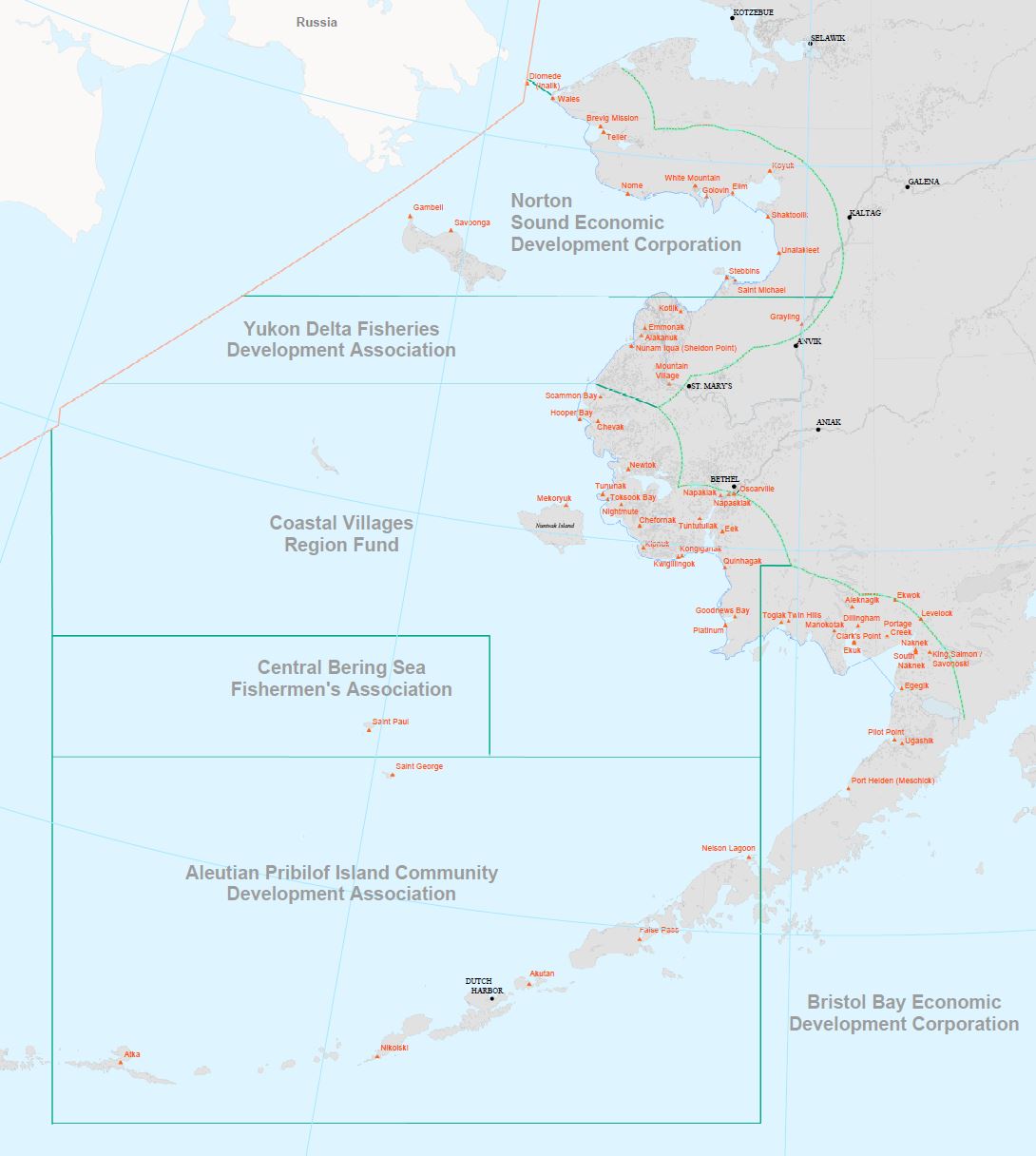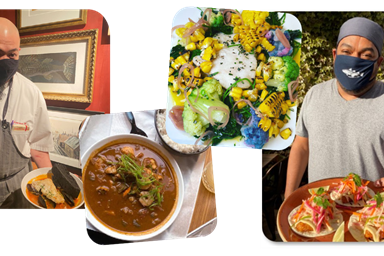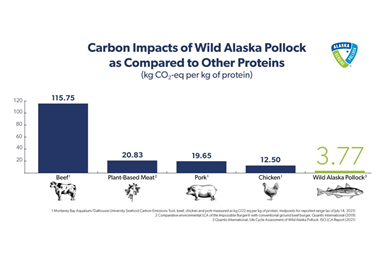September 27, 2021
Wild Alaska Pollock Supports Communities

Wild Alaska Pollock Fishery Helps Investments in Community, Human, and Economic Capital
Sometimes the legend about Alaska being the final frontier rings true. It certainly does when it comes to the fish, like Wild Alaska Pollock, that are harvested from the Bering Sea and the icy cold waters off its shores. There are so many stories about Wild Alaska Pollock that have yet to be told, it sometimes feels like there’s buried treasure being caught in those nets along with the world’s most perfect protein (and we fully admit we’re biased).
The Association of Genuine Alaska Pollock Producers (GAPP) has been working to bring those amazing stories about the fish behind the fish to the surface—but we’ve only just begun. We recently completed our Life Cycle Assessment that measured our environmental impact when it comes to climate change, water usage, carbon footprint, and more. That data is now publicly available to our customers and for the consumers that are looking to better understand how their eating choices directly impact, either positively or negatively, our planet. (Spoiler alert: Wild Alaska Pollock is good for you and good for the planet).
One of the stories about this amazing fish that hasn’t been fully told is about its impact on the communities of western Alaska.
In 1992, an act of Congress established the Community Development Quota Program (CDQ Program) with the purpose of providing economic development to those communities that border the bountiful resource Alaska’s waters bring to the world such as Wild Alaska Pollock. Since its inception, the CDQ Program has generated millions of dollars in wages, education, and training benefits, and has helped fund fisheries infrastructure investments such as docks, harbors, and seafood processing facilities for the 25,000 residents who call these communities home. In addition to building fisheries-based economies and helping alleviate poverty, the CDQ Program offers residents of western Alaska training and tools for actively participating in the commercial fisheries so that local residents have greater access to generate income from the waters and shorelines near their communities and homes.
There are currently sixty-five eligible villages in western Alaska that have organized into six CDQ entities. Each CDQ group is federally recognized as an independent, organization with a separate board of directors and internal governance process. GAPP has the privilege to count all six CDQ organizations as members and is proud to represent their interests in building awareness and demand for Wild Alaska Pollock.
So how does the Wild Alaska Pollock fishery connect to these CDQ groups and provide benefit to these sixty-five local villages?
In 1991, CDQs were granted 7.5 percent (later increased to 10 percent) of the annual total allowable catch of Bering Sea Aleutian Island (BSAI) pollock for the first harvest of CDQ pollock to begin in the fall of 1992. The CDQ allocation was the official start of the CDQ program in western Alaska, establishing the precedent and framework for allocations of other species to the CDQ program. The revenues generated from their quota ownership are directly invested in the local communities that they support.
That local support can look different depending on the communities’ individual needs and the CDQ’s work. But one thing remains constant: the investment in these local communities has had a profound impact.
For some CDQs, they’ve used the revenue generated by the Wild Alaska Pollock fishery to invest in critical infrastructures such as housing, community spaces, and seafood processing facilities. Or, they’ve created scholarships for students looking to attend college and continue their educations. They’ve invested in vessels to help process the Wild Alaska Pollock they harvest and turn it into the delicious fish sticks, QSR sandwiches you know and love or the imitation crab in your California Roll on date night. Many have created training programs to ensure that each local community has the critical services—from mechanics to welders to carpenters to plumbers—available and ready to continue building and moving forward.
So, the next time you have a Filet-o-Fish or make some fish tacos at home, remember that Wild Alaska Pollock isn’t just delicious. Isn’t just nutritious. Isn’t just sustainable. Yes—it’s all those things. But it’s also impactful and it’s helping give back to the rural coastal Alaskan residents. Which matters, too.
Want to learn more about the six federally recognized CDQ groups? You can learn more about the programs and their impacts here:
- Aleutian Pribilof Island Community Development Association (APICDA)
- Bristol Bay Economic Development Corporation (BBEDC)
- Central Bering Sea Fishermen's Association (CBSFA)
- Coastal Villages Region Fund (CVRF)
- Norton Sound Economic Development Corporation (NSEDC)
- Yukon Delta Fisheries Development Association (YDFDA)

